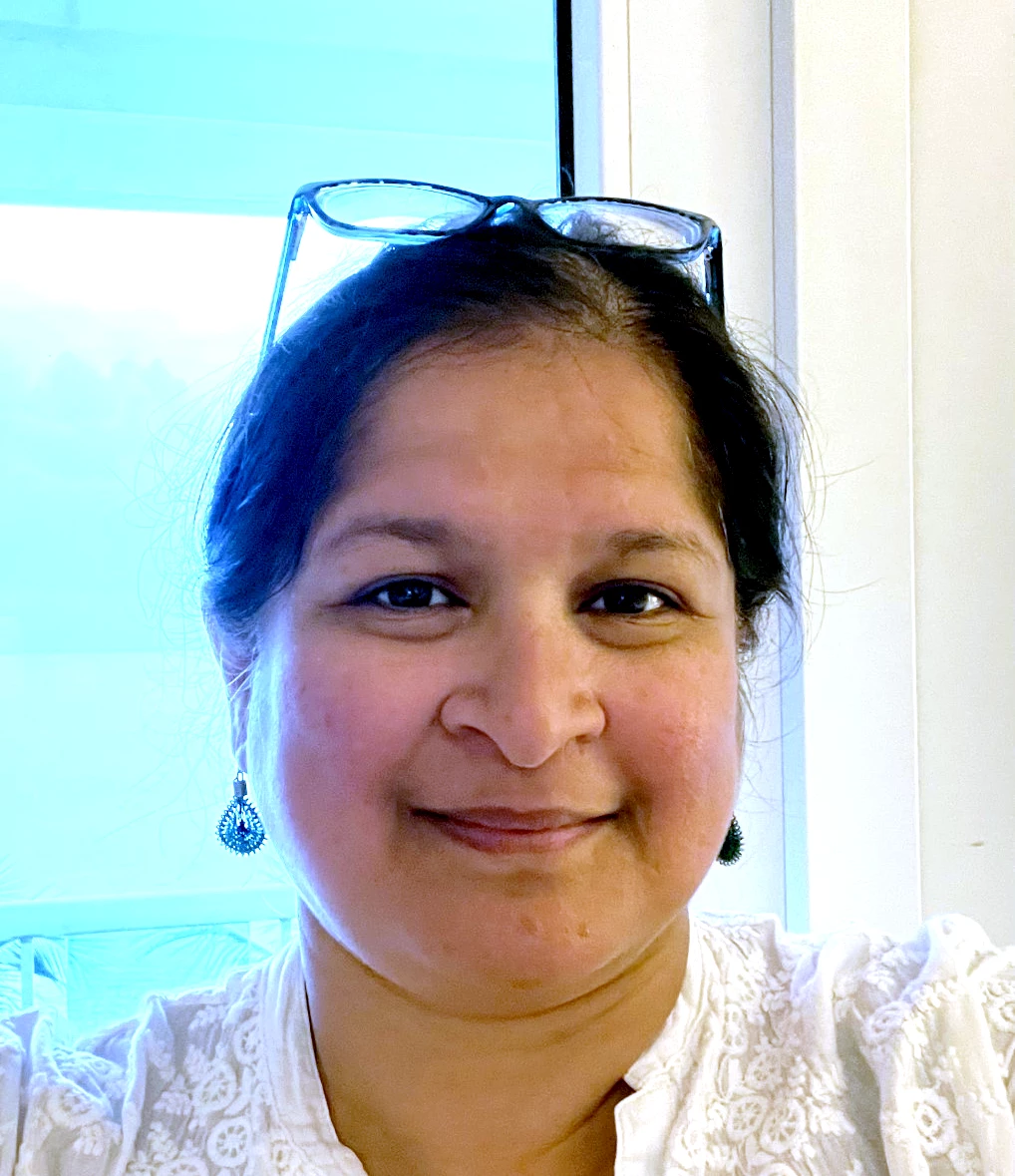Mtoto mzuri sana. Stella’s face lights up as I admire her baby, but she doesn’t reply. We are in the primary school compound in Chehembe, a village about 50 kilometers from Tanzania’s administrative capital, Dodoma. Stella is waiting to be registered in the country’s social safety net program, which is meant to cushion very poor households against sudden losses of income. And we are waiting to hear Stella’s story, to ask her how many children she has, and how she earns a living.
But Stella is shy, and I wonder if she will want to talk to us. When she does begin to speak, the words come tumbling out. A personal history, in no particular order, of names and ages, years and distances, trials and tribulations. It takes us a while to get it all straight, to sort through who is related to Stella, and who is not, and even so, I think we might have the family tally wrong. Then Stella takes us to her house, about half a kilometer away, so we can meet her other children.
Karibuni sana. Stella welcomes us formally outside a single-room house built of baked earth, with a grass roof. Before long, everybody in the village gathers around, happy to supply details and advice as Stella continues to talk to us. Three children under the age of five are introduced; they are all shy like their mother, and stay close to her. Stella supports these young ones and the baby on her hip entirely on her own. Her husband left home some months ago, she says. The older women of the village joke good-humoredly about this event and laugh as Stella pauses. She is embarrassed at first, and then she laughs out loud too.
I think to myself that it is remarkable how women the world over—whatever their culture, language, or income level—tend to show similar resilience in the face of trouble. Each of us has a story, and the roads we walk are seldom easy. The great difference, though, is the kind of support systems that we have in the face of adversity, from our families, communities, workplaces, and governments. Are we cast aside or assisted? Do we earn enough to put food on the table and send our children to school? What happens when there is no place to go?
Stella’s only support in the world is her elderly mother, who has given her this one-room house to live in and a plot of land that she is able to walk across in 20 steps. On it, Stella grows millet. When she harvested her last crop, she earned 60,000 shillings (about US$38) from the sale of grain. She has no other job, nor enough money to buy livestock or other assets. She must live on this money for several months, which places her below the food poverty line.
That is why Stella’s community has decided that she is an ideal beneficiary for the government-run cash transfer program that relies heavily on communities to nominate the poorest among them for assistance. Registering for this social safety net program will not make Stella a rich woman overnight, or anywhere close. Through the program, she will receive a small amount of money every month on condition that she sends her school-age children to school and gets regular check-ups at the nearest health center. Over time, it will allow her to save a little, and buy livestock. The modest but regular transfer of cash will give her a fighting chance to work her way out of extreme poverty, and secure her children’s future.
Conditional cash transfers are not a new way to try to address poverty. These programs have been long employed in Latin America. The Tanzania program is unique, though, in the degree to which it involves local communities in the identification of beneficiaries. I could certainly see that Stella’s community had done well to nominate her to receive the assistance. But there is also robust evidence that this program, which has targeted about 20,000 households so far in three Tanzanian districts (Bagamoyo, Chamwino, and Kibaha) is helping the poorest people save money, buy assets, and invest in health insurance, while also improving children’s health and education prospects.
Tanzania has now decided to scale up this program to cover as many as 900,000 households—that’s roughly 5.5 million people—over the next few years, with support from the World Bank (through IDA, its fund for the poorest), the UN, and other development partners. The government’s objective is to dramatically reduce extreme poverty.
This short film about the program tells you Stella’s story, and also features Beta and Rehema, two other women who have been receiving the cash for a while. Their stories of hope, resilience, and sheer enterprise, could now potentially be replicated on a much larger scale across the country.
Related: Tanzania Economic Update


Join the Conversation